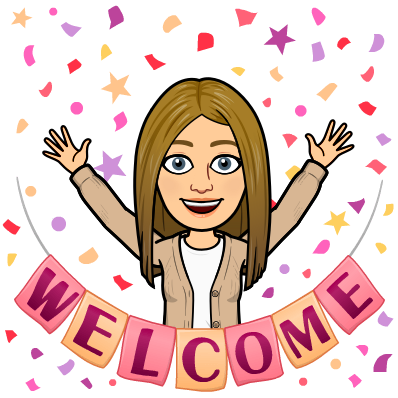- Jackson Township Middle School
- Welcome
Keindl, Danielle
Page Navigation
-

The objective of speech-language therapy is to integrate students' goals with academic outcomes and functional performance to be better communicators. In order to be effective communicators, speech-language therapy fosters necessary skills to communicate including verbal and written expression of language, understanding verbal and written language, and accurately producing target sounds.
Here you can find resources on how to facilitate language skills at home as well as enhance speech sound production at home. This information is helpful to all families whether your child is receiving speech and language services or not.
Students who receive speech and langauge therapy typically experience difficulty in one or more of the following areas:
Expressive Language: The ability to express and sequence ideas clearly using correct grammar and syntax (word order).
Receptive Language: The ability to understand spoken language, follow directions, and make sense of classroom instruction.
Phonological Awareness: Understanding that words are made up of sounds, sounds can be manipulated to change words, and sounds correspond to letters in print.
Articulation/Phonology: The ability to produce sounds in a manner appropriate to the child's age.
Fluency: The ability to communicate ideas without excessive repetitions and hesitations.
Voice: The ability to use correct voice volume, quality, and pitch.

How to get involved in your childs' progress:
Below are some fun resources and materials that you and your child can access in order to continue working on goals at home!
-
Articulation/Phonology/Language/Social Skills
-
Reading Comprehension by Grade
- Handy Handout for Parents
If you have any questions or concerns please do not hesitate to contact me by email at dkeindl@jacksonsd.org. I am looking forward to a fun and successful year in speech!

-

